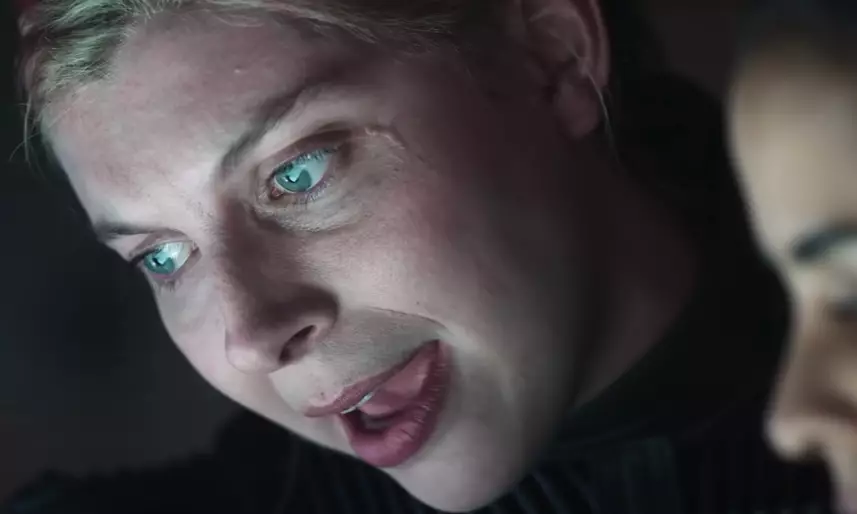Microsoft’s ambitious foray into the cinematic universe is a gamble that reflects both innovative vision and the reality of trial and error. With the upcoming release of “A Minecraft Movie” set to hit theaters on April 4, Microsoft demonstrates its commitment to expanding its gaming franchises into the entertainment sector. Although Microsoft’s past attempts, notably the “Halo” series, did not achieve monumental success, they have managed to extract valuable lessons that inform their current strategies. Phil Spencer, the CEO of Microsoft Gaming, acknowledges that every endeavor contributes to a better understanding of audience preferences and storytelling intricacies.
Post-“Halo,” the excitement shifts toward more promising projects. The second season of the “Fallout” series on Prime Video capitalizes on the first season’s solid reception, indicating a growing appetite for adapted gaming narratives. In tandem, the development of a “Gears of War” film and TV series raises eyebrows within the community, particularly among avid gamers who have long anticipated seeing their favorite franchises come to life in vibrant, new formats. While Microsoft’s recent history of adaptation has been mixed, there is a palpable sense of hope fueled by their ongoing iterations.
Learning from the Past: A Journey of Adaptation
The closure of Xbox Entertainment Studios in 2014 highlighted the difficulties that companies face when venturing beyond their traditional domains. However, it seems that Microsoft has effectively taken a step back, reassessed, and emerged with renewed vigor. By investing in a stronger understanding of narrative constructions and audience engagement through these productions, they are better equipped to create successful adaptations. Spencer’s candid acknowledgment that lessons were learned from earlier missteps—evident in both “Halo” and “Fallout”—illustrates a willingness to adapt and innovate.
Moreover, the involvement of notable personalities in “A Minecraft Movie,” including talents like Jack Black and Jason Momoa, signals a conscious effort to attract diverse audiences. The director, Jared Hess, has clarified that the film aims to embrace the limitless storytelling potential inherent in Minecraft’s universe rather than adhering to a singular narrative. This creative freedom might be what provides a fresh experience not only for seasoned fans but also for newcomers.
The Commercial Behemoth and Its Future
With “Minecraft” being one of the highest-selling video games globally, boasting over 300 million copies sold, the stakes for the film adaptation are undeniably high. Projections estimating a $60 million opening weekend indicate that there is anticipation, likely buoyed by the game’s devoted fan base. If successful, it could establish a new benchmark for how video games translate into film, setting the stage for future endeavors that capitalize on engaging storytelling rather than just nostalgia.
As Microsoft continues to explore transmedia possibilities, it’s evident that they are weaving a complex tapestry of storytelling that resonates with multiple demographics. Future projects like a “Grounded” series from Obsidian also promise to broaden their storytelling landscape and attract viewers who appreciate unique gaming narratives. Overall, it’s a thrilling time for gamers and cinephiles alike as Microsoft shows a promising willingness to learn and adapt, transforming beloved video game franchises into vibrant cinematic experiences. The evolution from gaming to the big screen is not merely an extension of content but signifies a comprehensive re-examination of how these narratives can engage audiences in deeper, more impactful ways.

